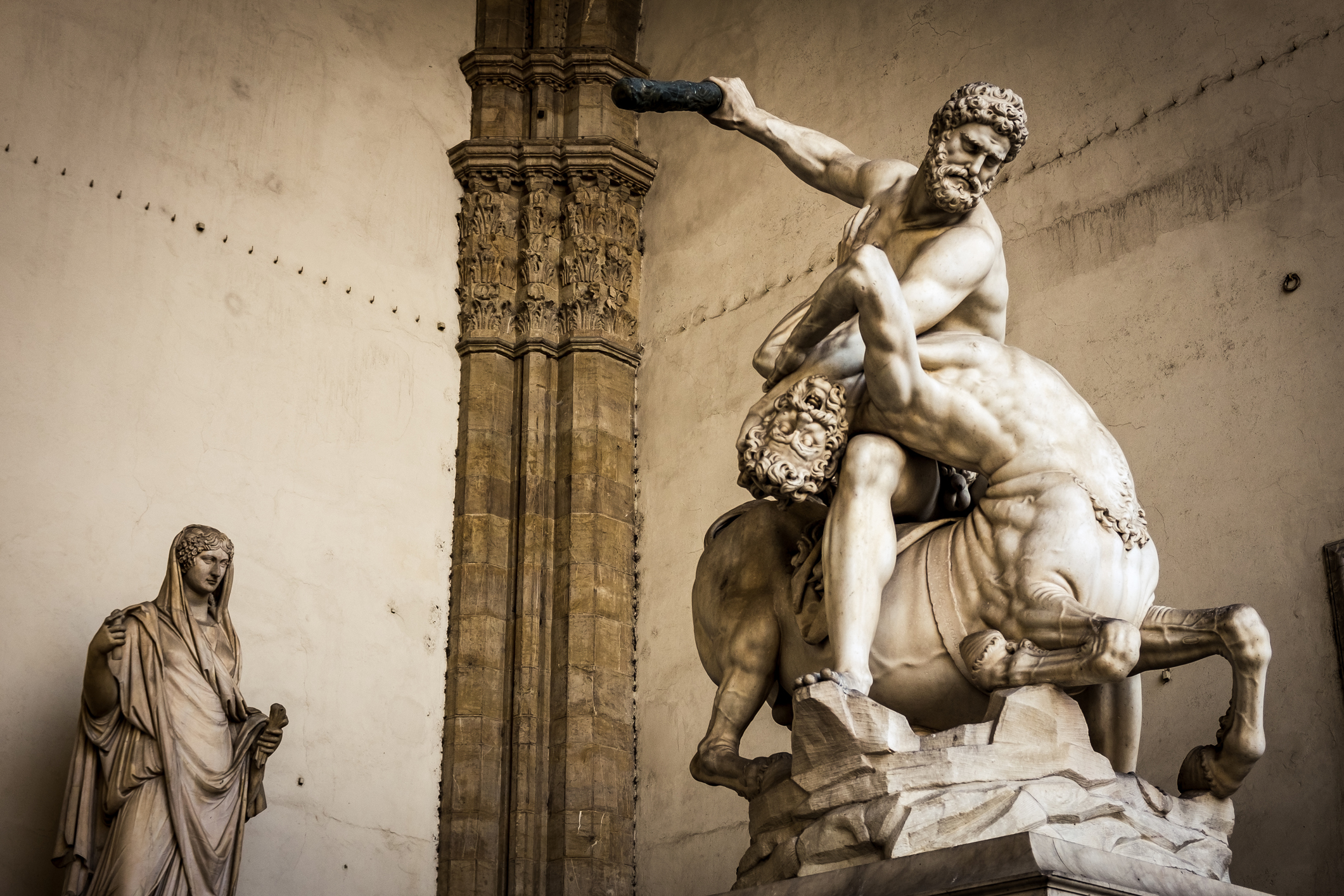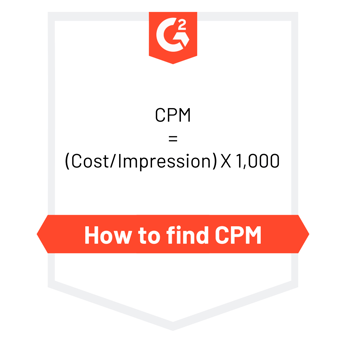July 17, 2019
 by Piper Thomson / July 17, 2019
by Piper Thomson / July 17, 2019

The advent of online media has seen the rise of an entirely new profession: independent content creator.
From YouTube stars to Instagram influencers, there are a plethora of different permutations and platforms one can use to make money off the expression of their ideas. It’s a complex system depending on the route you choose; for podcasts, sponsorships and paid advertising are some of the most common ways for a host to turn a profit.
But how do you get a podcast sponsorship? It can appear to be a daunting task to the uninitiated podcast host, seemingly necessitating more work than the Twelve Labors of Hercules.
Bless my soul, Herc was on a roll
Fear not, neophyte! You shan’t have to slay the Lernaean Hydra or clean the Augean Stables in a single day.
Sponsors typically have two goals that drive them to seek out content creation: either they want to directly sell their product to a consumer or, as is the case for most marketing campaigns these days, to gain a beachhead in the incessant roil of brands competing for space in the finite headspace of the consumer.
A podcast sponsorship is based on a transactional relationship between an independent content creator and a company or other individual who provides the host with some form of compensation (usually financial) in order to leverage the show’s audience as potential new customers.
Podcast sponsorships — similar to the deals that characterize influencer marketing — are the sort of trend-bucking phenomenon that came about with the ability of content creators to make and promote content without the involvement of a larger parent organization such as a cable network.
The general industry metrics the most sponsorships will follow revolve around CPM: cost per mille (latin for ‘thousand’). This metric refers to how much a sponsor will pay you per thousand views your content gets.
| TIP: Each form of content has its own measurement; for example, podcasts are measured based on ‘downloads’ while a social media-based creator would be judged on ‘impressions.’ |
CPM is calculated by dividing the cost by the impression and multiplying the resulting number by 1,000.

This equation is used for two different purposes: Sponsors will primarily use this to calculate how much they pay a content creator as well as gauge how well an ad is performing. For example, if a sponsor were to pay a podcaster $600 for an ad on an episode that got downloaded 30,000 times, the CPM would look a little something like this:
(600/30,000) x 1,000 = $20 CPM
This net of $20 in terms of influenced revenue would be seen as a major win by the sponsor.
Another metric for podcast sponsorship is CPA, or cost per acquisition, which refers to how many direct purchases were made because of an ad that was listed on your show. This can take the form of a special code that your listeners can use to get a small discount on the advertised product and signal to the sponsor that they were sent there from a particular content creator.
CPM is used by large, popular podcasts as a quick, easy way for large sponsors to determine the cost and benefit of partnering with a particular show. While it’s certainly the most common, it’s not the best option for every content creator.
If you’re a niche podcast with a small audience that’s highly engaged with your content, CPA is the route you want to take. This system will ensure you’re paid what you’re worth by activating your online community when you can’t rely on the sheer numbers game of a CPM to turn out in your favor.
Podcasts are an intimate medium and as such are fantastic platforms for selling stuff. The relationship that is organically built between the audience and the host is not to be underestimated and results in product recommendations feeling more intimate and authentic.
However, be mindful that this relationship is why you podcast in the first place. Sponsorships and paid ads are things you will need to incorporate if you want to launch a career as an independent content creator, but if you stuff your show too full of them, you run the risk of having your audience feel like you’ve exploited that relationship.
Now that you understand the business mechanics behind sponsorships, you want to start considering how incorporating paid ads into your content will affect the listener’s experience. There are a few ways this can be accomplished, by the two most common are as follows:
This form of sponsored ad will happen before the host launches into the main content. It is by far the most common format.
This format is fairly rigid and looks the same practically wherever you find them. Find a good example here.
Midroll formats have a little more flexibility in terms of how you incorporate them into your content. These can be inserted anywhere between the 40-70% mark of your show, and allow for the host to take more time to incorporate the ad more organically into the podcast script.
This is a good rule of thumb for sponsored ads in general but it’s particularly true for midroll advertising: make sure what you’re advertising has some relevance to your audience. This will help combat listener attrition across your episode and ensure a seamless user experience that will prevent your audience from feeling used.
A sponsorship or two can go a long way to enabling your career as a content creator. However, you’re going to have to put in some work in order to attract these revenue streams to your show.
If you’re not using a podcast hosting website, you’re missing out on some serious opportunities as a content creator. One of the many benefits you get alongside the near-ubiquitous subscription fees is advertising programs that you can apply to participate in. This takes the heavy lifting of finding a sponsor off your shoulders as the hosting services matches you with advertisers.
|
Podcast networks are overarching organizations that distribute and produce a group of podcasts. They operate very similarly to TV and radio networks that dominate their respective mediums. Part of why people use podcast networks is that these institutions will often do a lot to get their podcasts in front of various advertisers, as well as offering a myriad of other services such as analytics and negotiations.
|
This option is similar to podcast networks, except that it only handles the advertising and sponsorship side of podcasting. These services will allow you to list your podcast for free and advertisers can shop around for shows they like based on popularity, analytics, or content niches.
|
Searching on your own for a podcast sponsor can be a difficult but rewarding undertaking. If you’re hosting a smaller podcast, it might be worth your while to begin this process:

This is the beauty of independent media: you don’t have to join either of the network options listed above. So long as you’re willing to invest the time, you have the option to take complete control over your show and craft an experience that will ultimately be more meaningful for your listeners. Imagine trying to do that with an independent TV pilot.
|
Let’s assume you’ve decided to take matters into your own hands and do the hard work of pitching your show to sponsors directly. Good on you! The gods applaud your valor and will surely reward your striving with the Nectar and Ambrosia you have been so diligently seeking!
While there are several ways to reach out to prospective clients, the good old-fashioned sales pitch is at the heart of the entire effort.
A pitch is one of the most common ways to reach out to a prospective sponsor. It is essentially just an email to the target company that discusses your podcast’s topic, outlines the benefits of a partnership, and proposes a price for them to consider in a concise email.
|
Not sure how to start writing your first pitch? Check out our free template to give you a better sense of what to go for! |
Slide decks are something you can add to your email in order to enhance your pitch with good visual elements. This is an excellent space to use data visualization to highlight any analytics you might have on your audience.
You can make a short demo for the prospective sponsor and attach it to your email as an mp.3 file. This should generally be a short and sweet distillation of what your podcast is all about, preferably showcasing why your show would be a good fit for this particular company.
The reality of pitching your own show means that more often than not, your initial messages will be met with radio silence.
This is normal! Don’t get discouraged.
Best practice in this situation is to send a follow-up email around a week after your initial message. In it, make sure you emphasize your excitement to work with this particular company and demonstrate your interest in a collaboration, be it now or in the future. Limit yourself to one follow up email. If they don’t respond, spamming their inbox won’t change that and could make you come off as desperate and drive away an otherwise good lead.
Whether you just want to subsidize some of the start-up cost for your podcasting equipment or forge a career of full-time content creation, podcast sponsorships are one of the easiest and most common ways to monetize your show. Make sure your ads flow organically into the episodes you are producing so that you don’t jeopardize your listener base with these practices.
Looking for more on podcasting? Check out our podcasting 101 guide to help you get started
Piper is a former content associate at G2. Originally from Cincinnati, Ohio, they graduated from Kenyon College with a degree in Sociology. Their interests include podcasts, rock climbing, and understanding how people form systems of knowledge in the digital age. (they/them/theirs)
Podcasting has exploded onto the digital landscape — but that doesn’t mean it’s equally...
 by Piper Thomson
by Piper Thomson
If you’re thinking about making a podcast, you’re going to need to understand what makes a...
 by Piper Thomson
by Piper Thomson
You move your microphone into position, take a deep breath and freeze. What do you say?
 by Piper Thomson
by Piper Thomson
Podcasting has exploded onto the digital landscape — but that doesn’t mean it’s equally...
 by Piper Thomson
by Piper Thomson
If you’re thinking about making a podcast, you’re going to need to understand what makes a...
 by Piper Thomson
by Piper Thomson

.jpg?width=400&name=iStock-1132835815%20(1).jpg)
